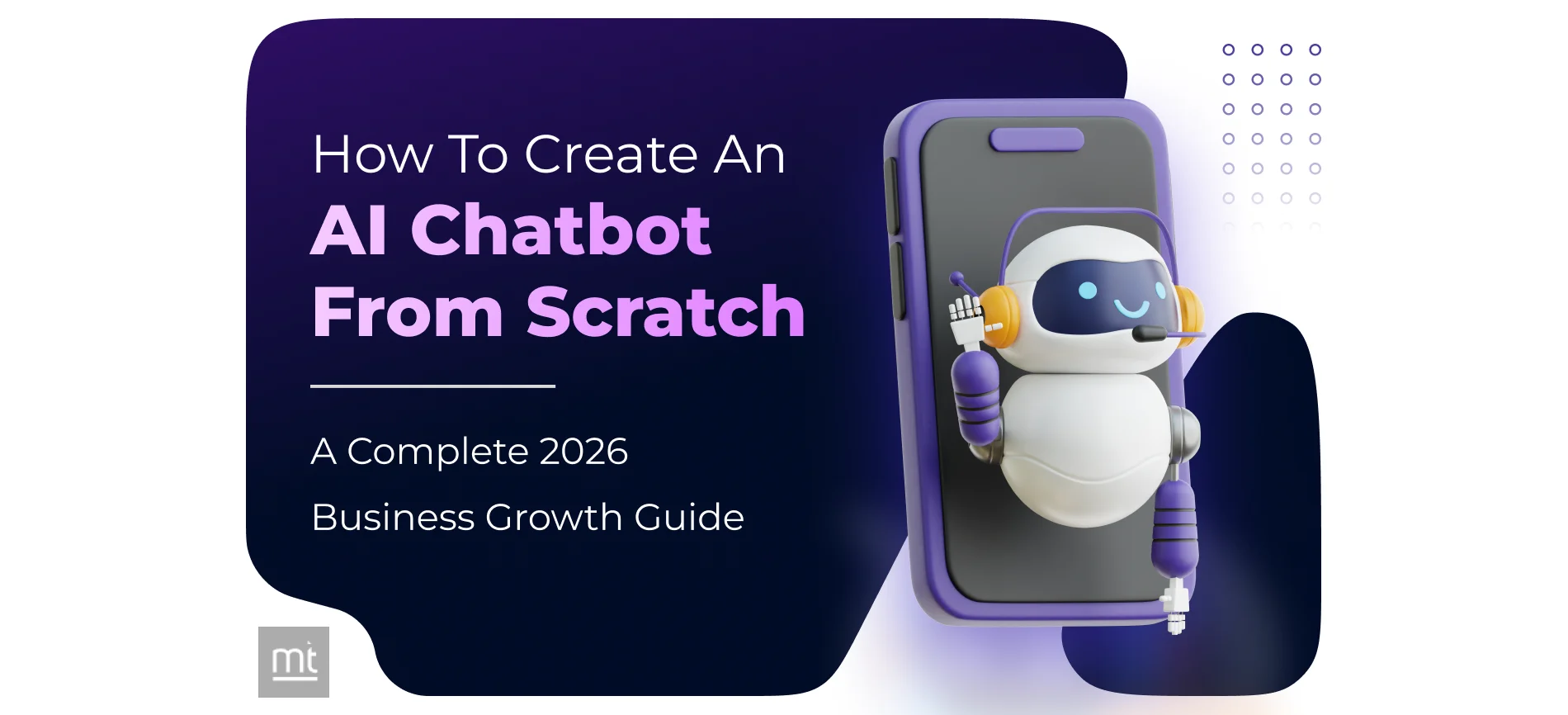
How to Build an AI Chatbot from Scratch and Grow Your Business in 2026: Step-by-Step Guide
 Ruchir Pandya
Ruchir Pandya November 06, 2025
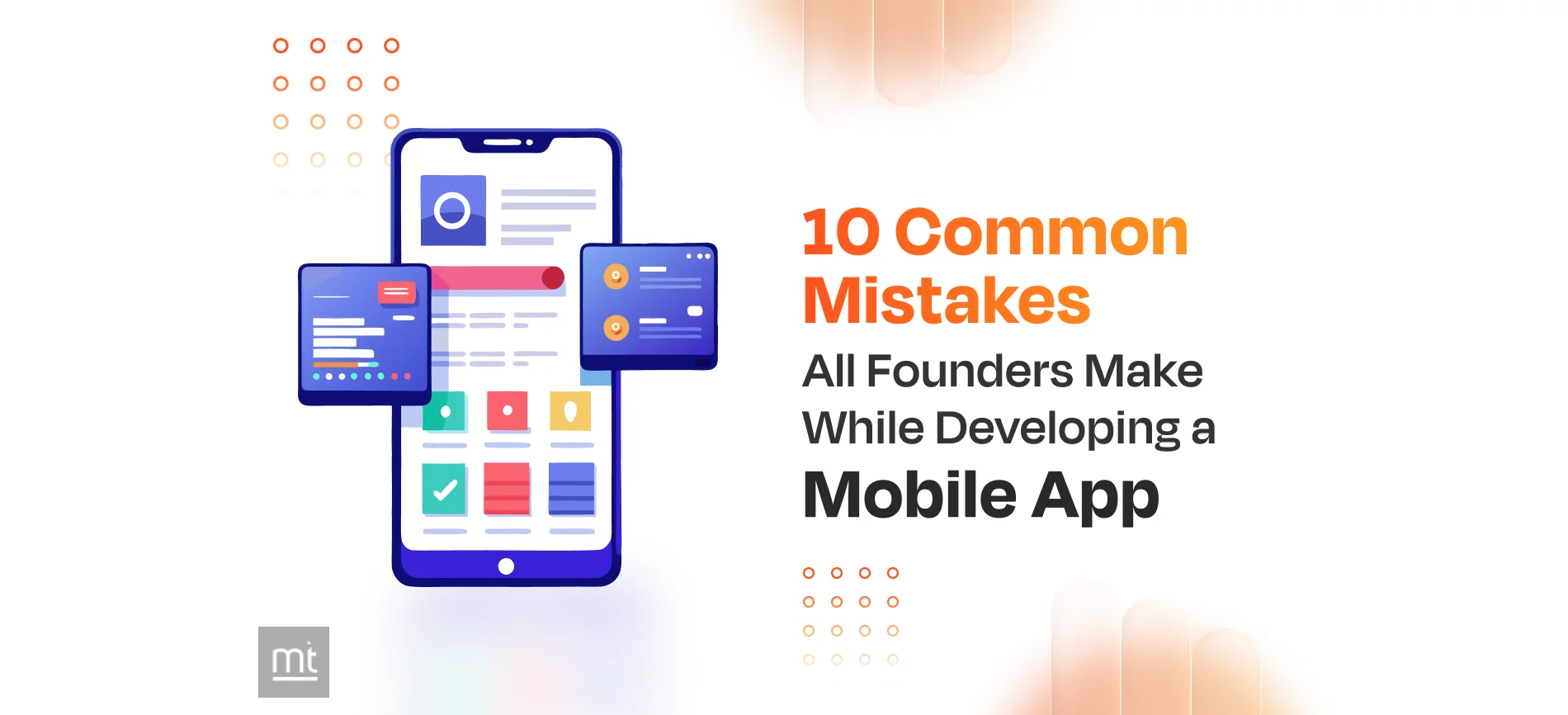
Top Dangerous Mistakes Entrepreneurs Make When Building an App (And How to Avoid Them)
 Nikhil Solanki
Nikhil Solanki November 03, 2025
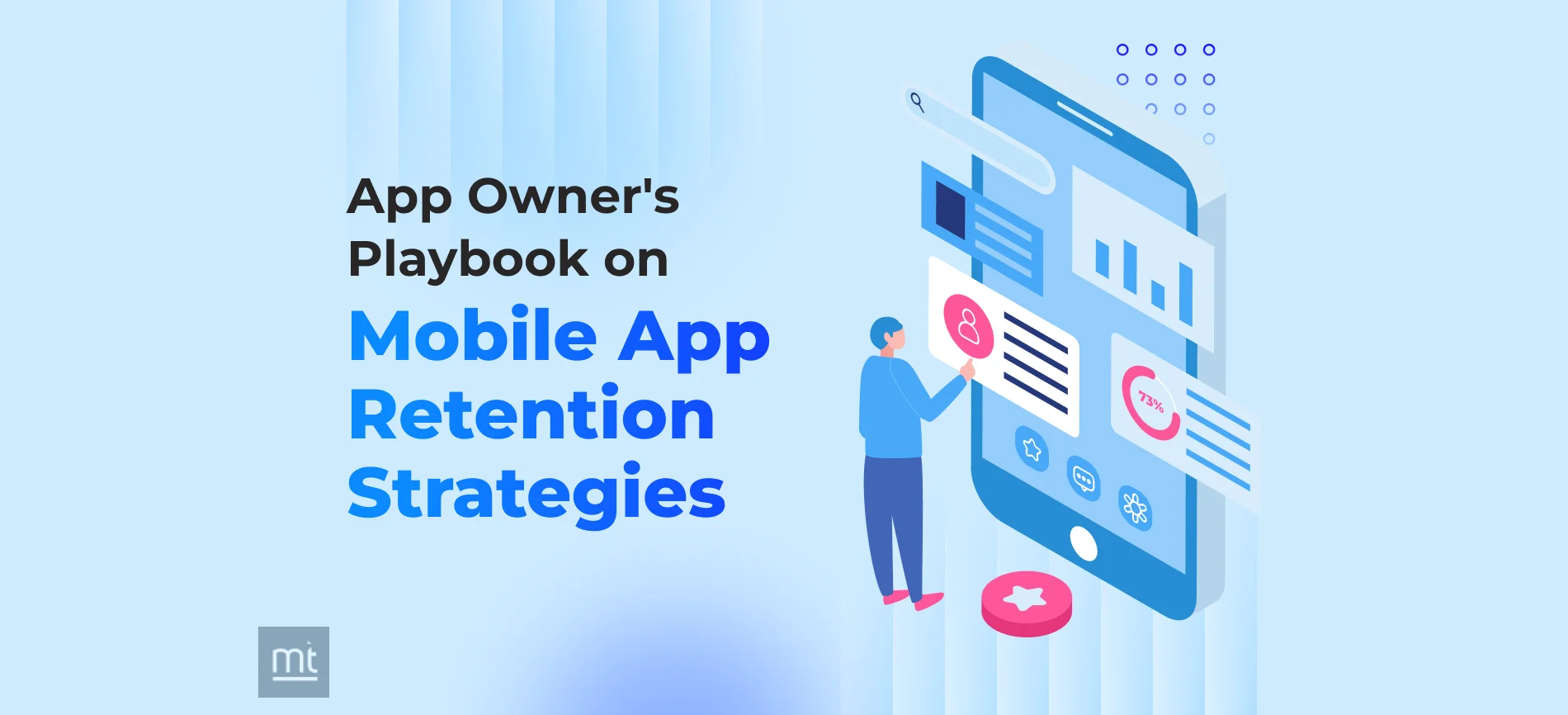
App Owner's Playbook on Mobile App Retention: Strategies for Long-term User Engagement
 Nikhil Solanki
Nikhil Solanki October 29, 2025
![Mobile App Monetization Strategies: How to Make Money from Apps? [The Complete Guide]](https://www.manektech.com/storage/blog/image/1760089356.webp)
Mobile App Monetization Strategies: How to Make Money from Apps? [The Complete Guide]
 Nikhil Solanki
Nikhil Solanki October 10, 2025
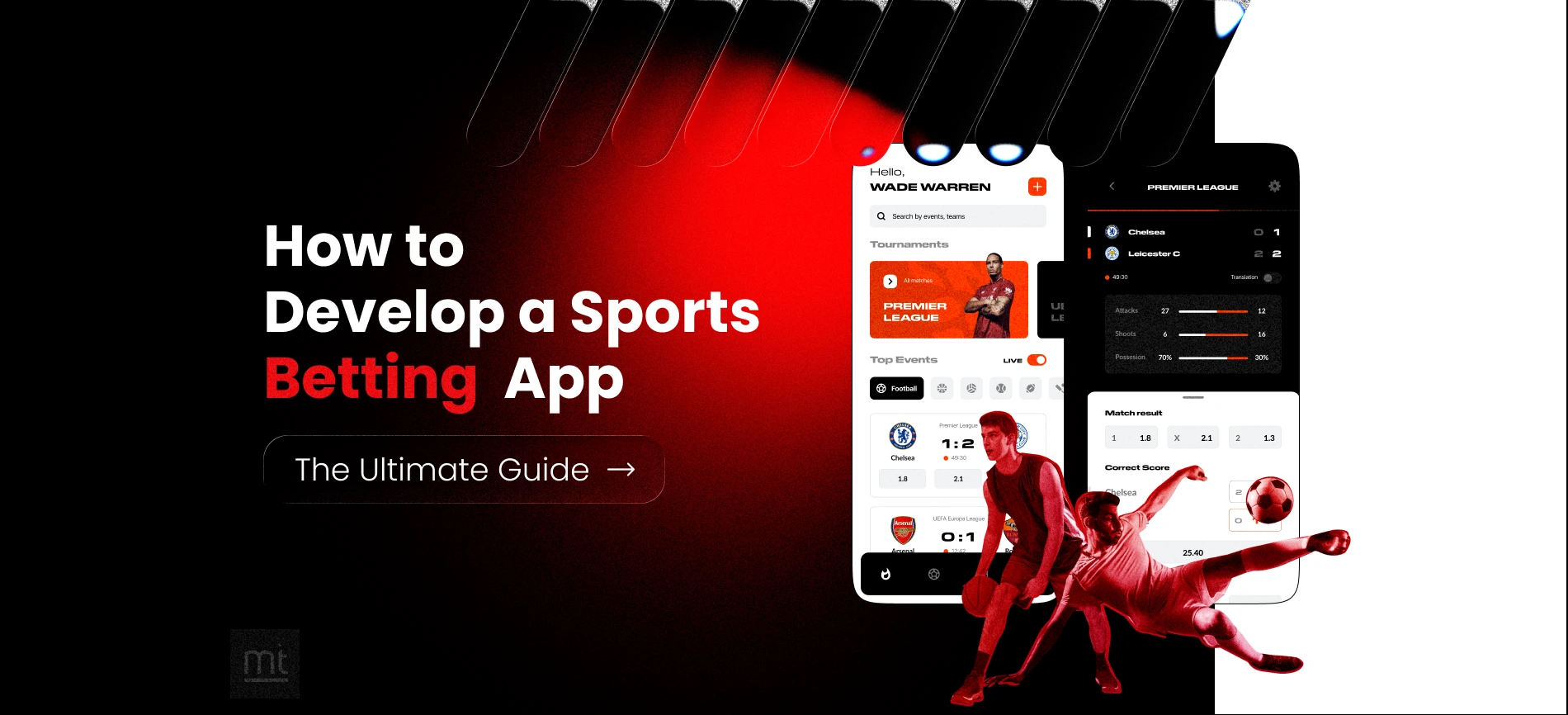
How to Develop an AI-Powered Sports Betting App like Bet365 That Delivers Profitable ROI in Just 90 Days
 Nikhil Solanki
Nikhil Solanki October 06, 2025
![How To Build An AI App? A Business Owner’s Roadmap for 2026 [Steps + Cost + Timeline]](https://www.manektech.com/storage/blog/image/1758269913.webp)
How To Build An AI App? A Business Owner’s Roadmap for 2026 [Steps + Cost + Timeline]
 Nikhil Solanki
Nikhil Solanki September 19, 2025






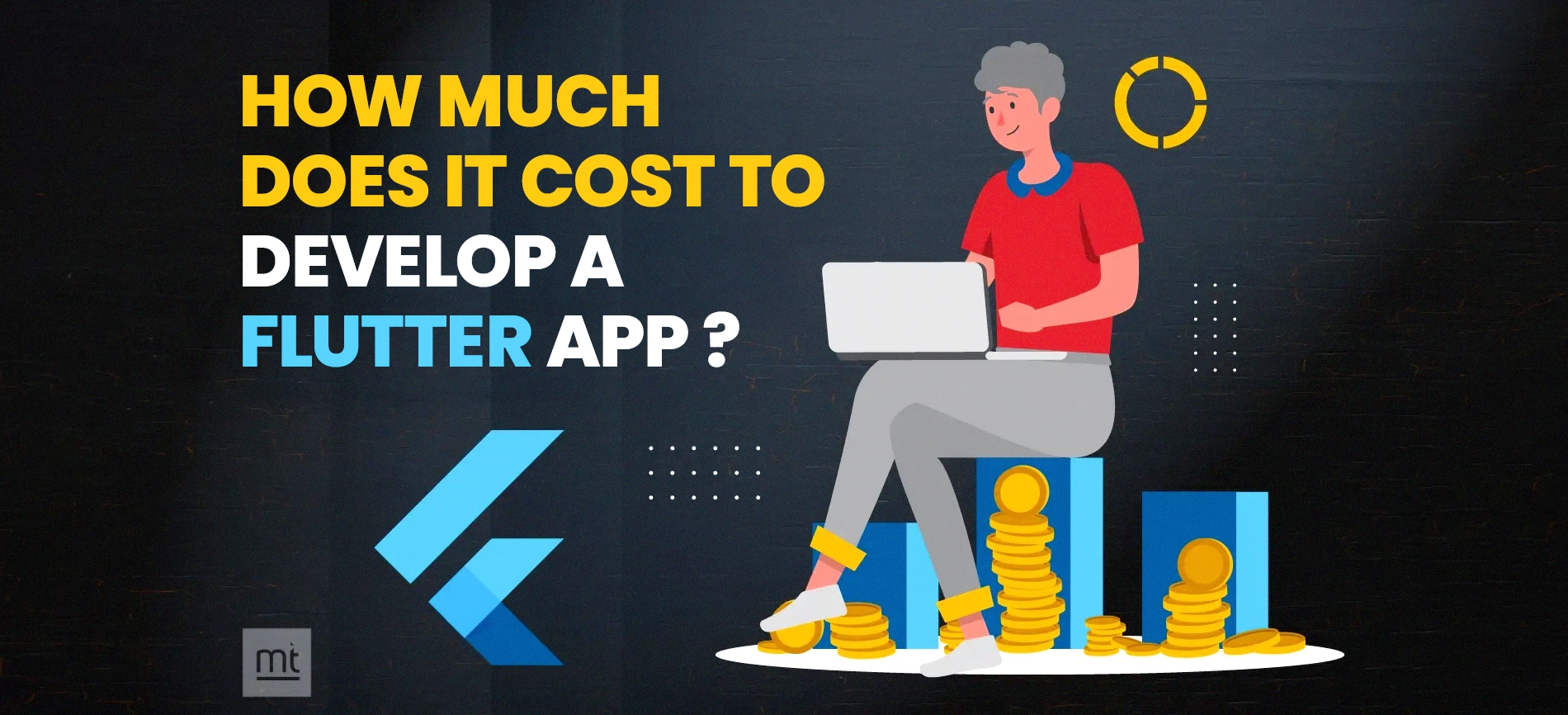

![How Much Does It Cost to Develop a Website in 2025? [Checklist]](https://www.manektech.com/storage/blog/image/1700562973.webp)


![How Much Does It Cost to Build a Mobile App? [Checklist]](https://www.manektech.com/storage/blog/image/1708005911.webp)













